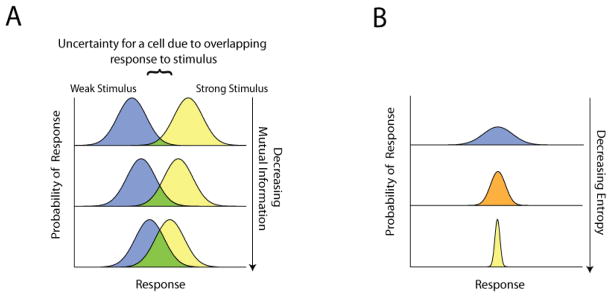Figure 1. (A) Noise can limit the amount of information a cell can obtain about a stimulus.

The magnitude of noise is evidenced in the breadth of the probability distribution of the response to a given stimulus. For sufficiently large noise, a cell which can encounter strong or weak stimuli cannot use its response to discern which stimulus was encountered with absolute precision. Consequently, from the cell’s perspective, noise leads to a loss of information about the input. The amount of mutual information between the stimulus and cellular response also suffers such that the greater the overlap between distributions, the less mutual information is communicated. (B) Entropy can be understood as a measure of dispersion. A wider probability distribution corresponds to an increase in the uncertainty of the cellular response and consequently, entropy.
